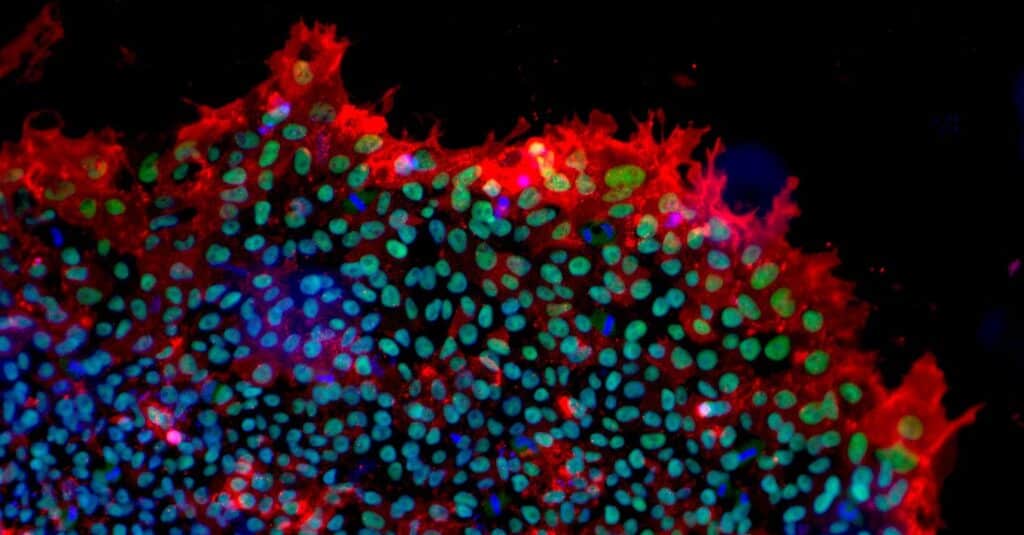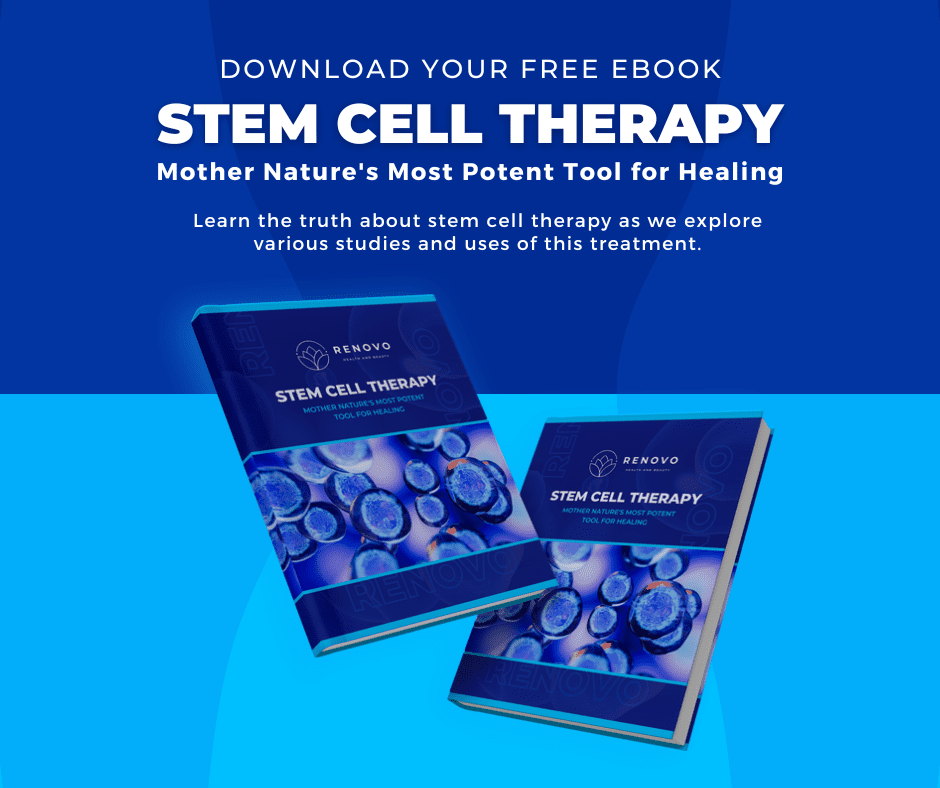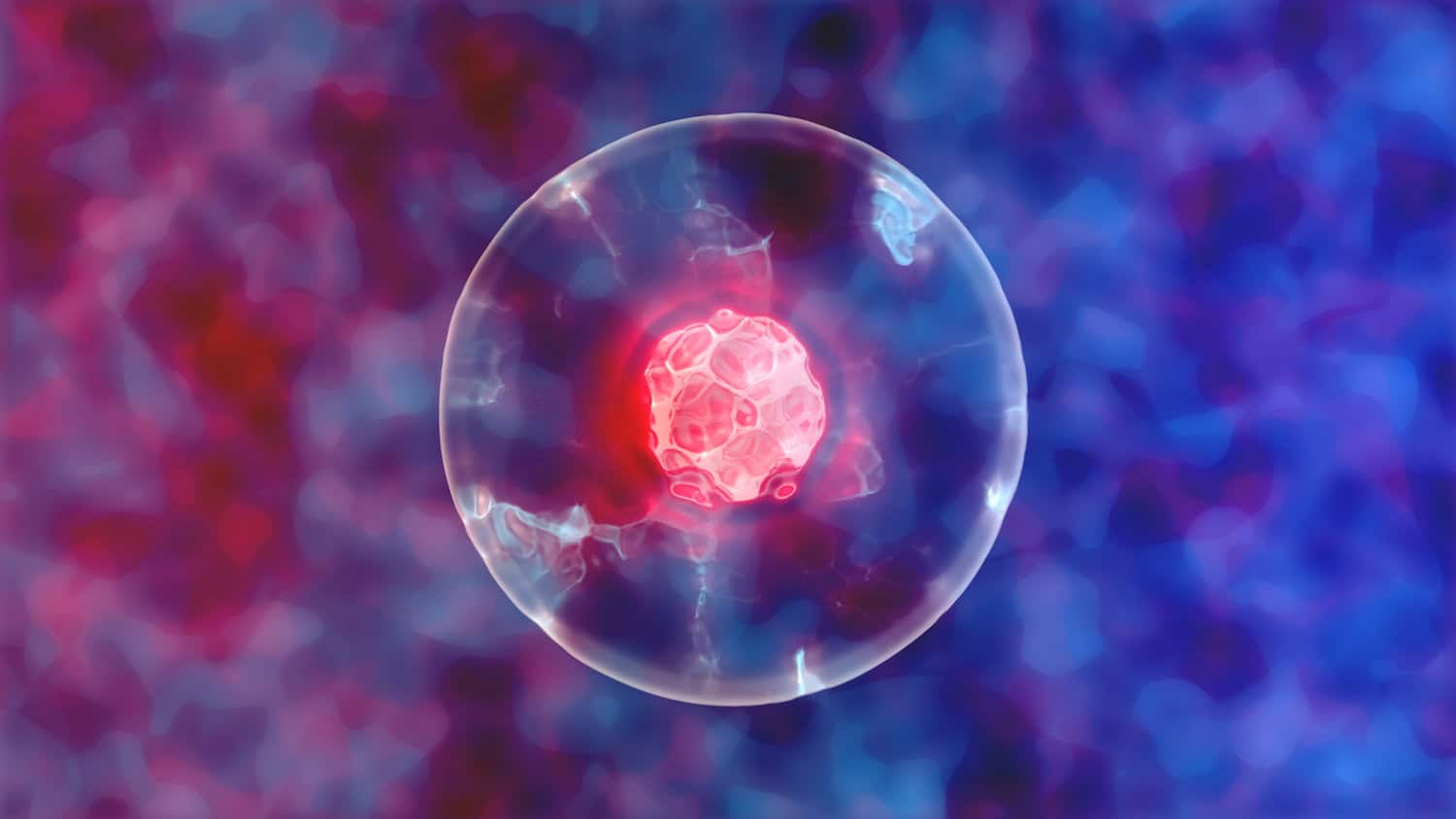Pluripotent stem cells in Tijuana, Mexico, offer revolutionary possibilities in the field of regenerative medicine. These cells, capable of transforming into any type of tissue, present a significant advancement over multipotent stem cells, which are more limited in their differentiation potential.
Understanding the differences between pluripotent and multipotent stem cells can help you appreciate the extensive therapeutic opportunities pluripotent cells provide.
Let’s take a closer look at stem cell therapy and the benefits of using different types of cells for this regenerative treatment.
What is Stem Cell Therapy?
Stem cell therapy harnesses the power of your body’s regenerative capabilities to treat and potentially heal various conditions.
Here are some of the key benefits and diseases that may benefit from stem cell therapy:
- Regeneration: Stem cells can differentiate into many different types of cells, facilitating the repair of tissues damaged by disease or injury.
- Reduced Inflammation: Often effective in reducing chronic inflammation, a common symptom of many autoimmune diseases.
- Pain Relief: Offers significant pain relief by promoting the healing of tissues and reducing inflammation.
- Improved Functionality: Enhances the functionality and overall health of organs and tissues, improving quality of life.
Based on these benefits, the main diseases that can be improved with the help of stem cell therapy include:
- Orthopedic Conditions: Such as osteoarthritis, where stem cells can help regenerate worn-out cartilage or mend torn ligaments.
- Neurodegenerative Disorders: Including Parkinson's disease and multiple sclerosis, where stem cells can potentially regenerate nerve tissues.
- Cardiovascular Diseases: Such as heart failure, where injected stem cells can repair damage caused by heart attacks and improve heart function.
- Autoimmune Diseases: Like rheumatoid arthritis and lupus, where stem cells can modulate immune responses and reduce inflammation.
- Burns and Wounds: Stem cells can significantly accelerate the healing of skin and reduce scarring.
By addressing the underlying problems of damaged or dysfunctional tissues, stem cell therapy offers a promising alternative to traditional treatments that might only alleviate symptoms without curing the underlying condition.
Get an Appointment
Complete The Form Below And We’ll Get Back To You Immediately.
Get an Appointment
Complete The Form Below And We’ll Get Back To You Immediately.
What are Pluripotent Stem Cells?
Pluripotent stem cells are a type of stem cell that have the remarkable capability to differentiate into almost any type of cell in the human body. This feature makes them exceptionally valuable in the field of regenerative medicine.
Here’s a deeper look into what pluripotent stem cells are and why they are so significant:

- Versatility: Unlike other cells, pluripotent stem cells can develop into any of the over 200 cell types found in the human body if provided with the right conditions. This includes cells comprising the heart, brain, bones, skin, and more.
- Sources: They are primarily derived from two sources:
- Embryonic Stem Cells (ESCs): These are harvested from the inner cell mass of a blastocyst, an early-stage pre-implantation embryo.
- Induced Pluripotent Stem Cells (iPSCs): These adult cells (such as skin or blood cells) have been genetically reprogrammed to an embryonic stem cell-like state, allowing them to gain pluripotent capabilities.
Due to their ability to become any cell type, pluripotent stem cells are incredibly useful in research for understanding disease, generating patient-specific cells, and testing new drugs for safety and effectiveness. They can potentially treat a wide range of diseases through tissue regeneration and repair, including Parkinson’s disease, diabetes, heart disease, and various forms of injury.
A 2016 study published in Stem Cells International concluded that stem cell research is increasingly recognized as a crucial path for treating and potentially curing human diseases. Pluripotent stem cells are particularly valuable because they can differentiate into various cell types that are otherwise difficult to obtain or expand from adult stem cells. Human induced pluripotent stem cells are especially promising as they offer an alternative to embryonic stem cells.
A 2020 study published in Springer found that induced pluripotent stem cell technologies are a major advancement in biomedical science. With advances like gene editing, biomaterials, and 3D printing, these cells can potentially develop into any cell type, tissue, or even whole organs. This innovation paves the way for personalized therapies, although there are still significant technical and safety challenges to overcome before these therapies can be widely used clinically.
Overall, pluripotent stem cells represent a frontier in medical research, offering hope for many therapeutic applications while challenging scientists and ethicists alike to responsibly navigate their potential.
Multipotent Stem Cells vs Pluripotent: What is the Difference Between Pluripotent and Multipotent Stem Cells?
When discussing stem cell types, understanding the distinction between pluripotent and multipotent stem cells is crucial due to their different capabilities and applications in medical
research and treatment.
Here’s a breakdown of the key differences:
- Differentiation Potential: The fundamental difference lies in their differentiation capabilities—pluripotent can become any cell type in the body, whereas multipotent can only differentiate into related cell types of a specific tissue or organ.
- Source and Extraction: Pluripotent cells are typically derived from embryos or reprogrammed adult cells, which raises ethical considerations; multipotent cells are generally harvested from adult tissues, which poses fewer ethical issues.
- Clinical Use: Pluripotent cells, while offering broader applications due to their versatility, are still mostly in experimental stages for clinical use due to potential risks like tumor formation. Multipotent cells, on the other hand, have more established uses in treatments like bone marrow transplants due to their more controlled differentiation.
What is the Difference Between Pluripotent and Multipotent Stem Cells?
Table 1: Examining the different potency, sources, and application of multipotent stem cells vs pluripotent stem cells.
Understanding these differences is vital for scientists and medical professionals as they choose the appropriate type of stem cell for research and therapy, balancing potential benefits against ethical considerations and practical applications.
If you’re interested in stem cell therapy, contact our experts at Renovo Health and Beauty today.
Why Choose Renovo Heath and Beauty for Stem Cell Therapy?
Choosing Renovo Health and Beauty for stem cell therapy, especially in Tijuana, Mexico presents several compelling advantages for patients seeking innovative and effective treatment options.
Here’s why Renovo stands out and why traveling to Mexico could be beneficial:
- Experienced Specialists: At Renovo Health and Beauty, we boast a team of highly trained and experienced specialists in stem cell therapy, ensuring that you receive expert care tailored to your specific medical needs.
- Advanced Techniques: We utilize the latest advancements in stem cell technology to offer cutting-edge treatments, particularly induced pluripotent stem cell therapy, which can be customized for various conditions.
- State-of-the-art Technology: We are equipped with modern medical equipment and technology, ensuring that your treatment is conducted using the most effective and safest methods.
- Affordable Options: Medical treatments in Mexico, including sophisticated therapies like stem cell treatment, are significantly less expensive than in the U.S. and Canada without compromising on quality.
- Accessibility: Mexico is conveniently located for North American patients, and short travel distances reduce stress and cost.
- Touristic Opportunities: Combining medical treatment with the chance to recuperate in a pleasant and relaxing environment can enhance your overall recovery experience. Mexico offers beautiful landscapes, rich culture, and warm hospitality, providing a therapeutic and enjoyable recovery.
- Innovative Medical Practices: Mexico's regulatory environment often allows quicker adoption of new medical technologies and treatments, providing patients access to innovative therapies that might not be available in their home countries.
Choosing Renovo Health and Beauty for your stem cell therapy means opting for a facility that offers expert medical care with state-of-the-art practices and an opportunity to experience the additional benefits of receiving treatment in a supportive and cost-effective environment. This holistic approach to medical tourism ensures that your journey towards health is as smooth and effective as possible.
Contact Renovo Health and Beauty Today to Get Stem Cell Therapy Today
Reach out to Renovo Health and Beauty today to start your journey with stem cell therapy. Take the first step towards innovative treatment and comprehensive care in the supportive environment of Tijuana, Mexico. Contact us now to discuss how we can help you achieve better health and a higher quality of life.



